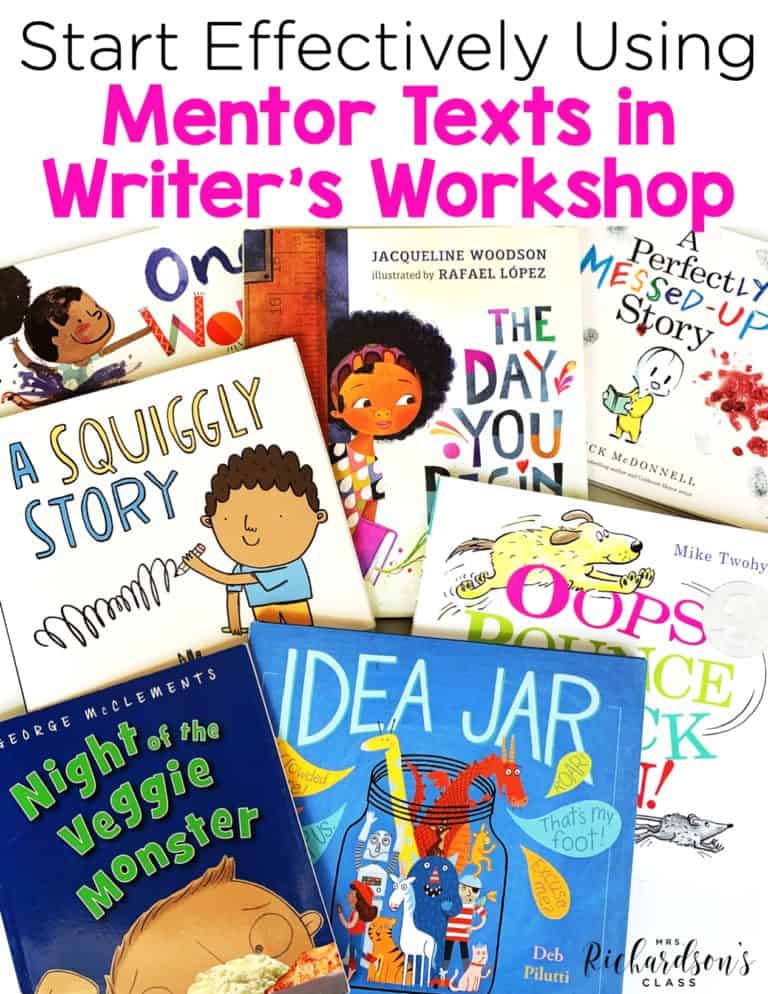
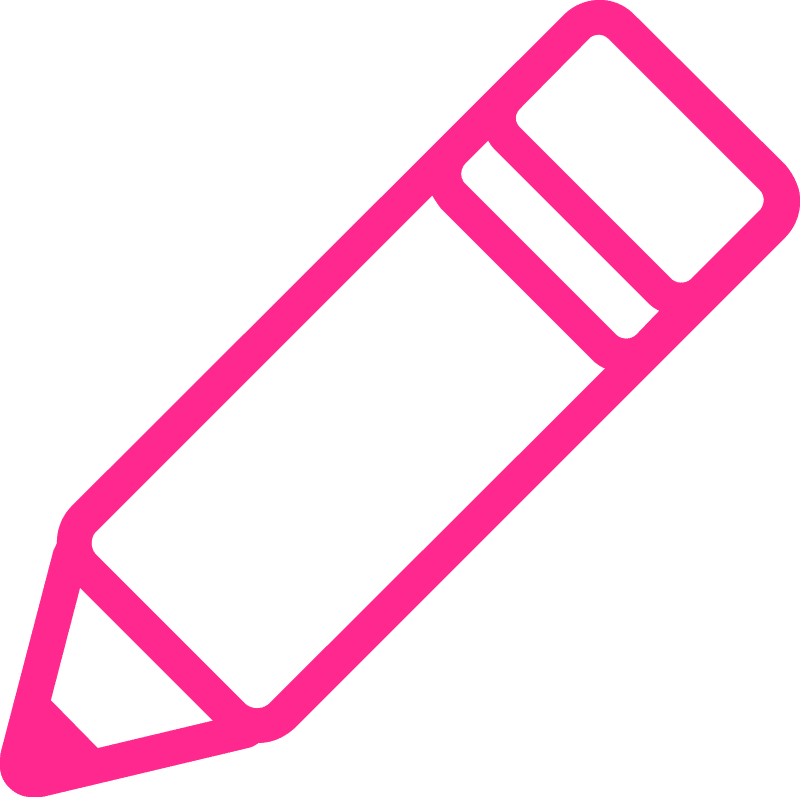
Sound walls are one of the big changes that elementary teachers are making to their classrooms. This change is happening for very good reasons that are backed up by research, too. (If you want to read more about this change, you can check out this blog post all about word walls vs. sound walls.) One thing about a sound wall that can be a bit tricky is figuring out how to set up and use a sound wall. For years we have used word walls, but sound walls are different. Let’s dive into how to set up and use a one with your budding readers and writers.
To get started, you will need:
Begin by identifying a good space for the sound wall. Keep in mind this is something that your students will reference and, just like interactive anchor charts, this is something that is more powerful when they help you create it. It’s okay to begin with just a heading on the wall.
Next, prep all your cards in advance. Decide what you are going to use. Are you going to use mouth pictures? Are you going to use letters with pictures that demonstrate that sound? Do you want all three? There is no right or wrong. There is only “what works best for you and your students”.
After you know what you are going to use, then print, cut, and laminate (if you want) the cards. Sort them by phonics skill–short vowels, long vowels, consonants. Then, you can sort them even further if you’d like–fricatives, affricatives, glides, nasals, stops, two sounds, liquids.
Ideally, you will have two sound walls– a vowel valley sound wall and a consonants bulletin board sound wall.
For your vowel valley, you will set it up with the vowels in the shape of a valley, hence the name. They progress based on mouth formation for each sound so you will not see the vowels side-by-side or alphabetically. The vowel valley will become quite full as there are many ways to spell various vowel sounds. This is why preparing the cards ahead of time is so helpful!
For the consonant bulletin board, you will group them based on the type of sound–fricatives, affricatives, glides, nasals, stops, two sounds, liquids. This is a best practice as you use a sound wall.
You can store each set in a ziplock baggie or clip them together. But either way, this will save you time later. It’s like when we used to organize sound wall cards in a little recipe box alphabetically.
Keep in mind that building a sound wall is not something your students should walk into one morning. They will 100% be overwhelmed, friends. Instead, build it with them. This is THEIR learning tool to support them.
As you introduce new sounds, add them to your sound wall. You can do two things:
Personally, I would choose 1 to not overwhelm my students, but it’s up to you! Again, there is no right or wrong.
Throughout the year, as you learn more sounds and more graphemes to represent sounds, you will add to your sound wall. This will be a living resource meaning that is always growing, just as they are as readers and writers!
For kindergarten you may not use all the pieces and that’s okay. You only want to display what you teach. For a second gradel, it may be 100% complete, like the sound wall below.
No matter how you choose to display one, you have got this! You can set up it up in a meaningful way to best help your students as they are learning and growing.
If you are looking for an effective and affordable sound wall, check out my Sound Wall With Mouth Pictures. There are many variations available so that you can display things in a way that best suits your students’ needs.
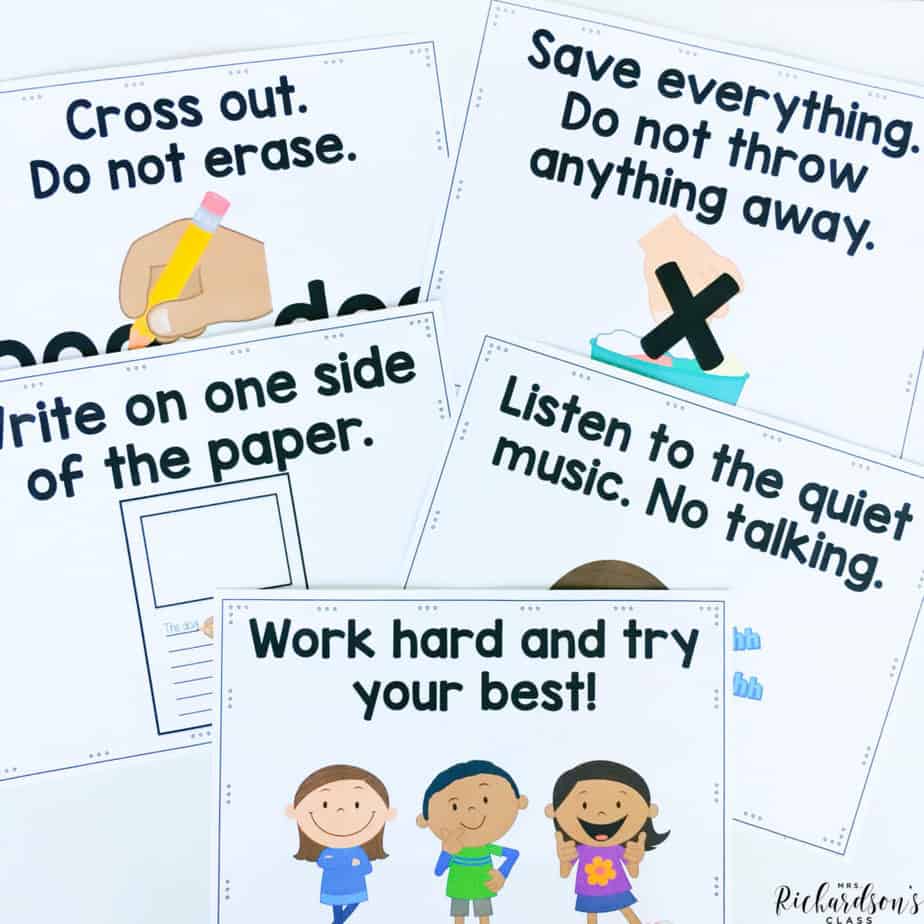

I’m a K-1 teacher who is passionate about making lessons your students love and that are easy to implement for teachers. Helping teachers like you navigate their way through their literacy block brings me great joy. I am a lifelong learner who loves staying on top of current literacy learning and practices. Here, you’ll find the tools you need to move your K-2 students forward!


| Cookie | Duration | Description |
|---|---|---|
| cookielawinfo-checkbox-analytics | 11 months | This cookie is set by GDPR Cookie Consent plugin. The cookie is used to store the user consent for the cookies in the category "Analytics". |
| cookielawinfo-checkbox-functional | 11 months | The cookie is set by GDPR cookie consent to record the user consent for the cookies in the category "Functional". |
| cookielawinfo-checkbox-necessary | 11 months | This cookie is set by GDPR Cookie Consent plugin. The cookies is used to store the user consent for the cookies in the category "Necessary". |
| cookielawinfo-checkbox-others | 11 months | This cookie is set by GDPR Cookie Consent plugin. The cookie is used to store the user consent for the cookies in the category "Other. |
| cookielawinfo-checkbox-performance | 11 months | This cookie is set by GDPR Cookie Consent plugin. The cookie is used to store the user consent for the cookies in the category "Performance". |
| viewed_cookie_policy | 11 months | The cookie is set by the GDPR Cookie Consent plugin and is used to store whether or not user has consented to the use of cookies. It does not store any personal data. |
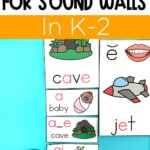
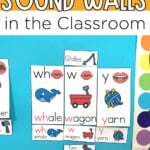
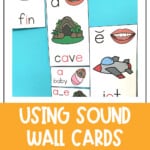
2 Responses
Great info, but the word tube should be under the long u not /yu/. I referenced this with the book Speech to Print by Louisa Moats.
Thanks for the comment, Tracy. It was changed several months ago. 🙂